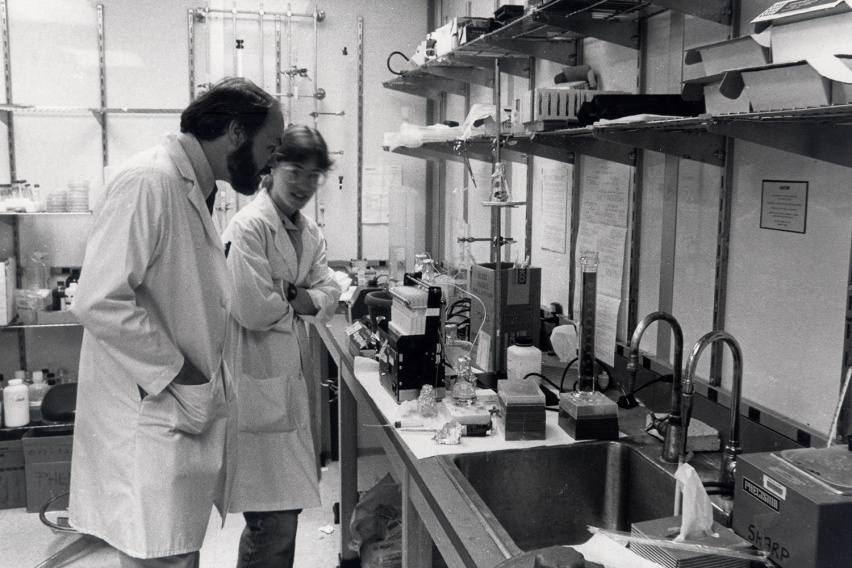
MIT Koch Institute
December 11, 2020
In the 1970s, Phillip Sharp and his colleagues on the fifth floor of the MIT Center for Cancer Research set out to unravel the mysteries of tumor virology, cancer genetics, and cell biology. Looking at parts of the adenovirus genome responsible for tumor development, Sharp had long wondered why RNA in the nucleus was longer than RNA found outside the nucleus in the cytoplasm. While this curiosity led to the Nobel Prize-winning discovery of split genes and spliced RNA, neither Sharp nor his colleagues were thinking about the possibility of mRNA vaccines at the time. Nevertheless, that discovery, together with many years of mRNA research and key technology advances like nanoparticle delivery of RNA, set the stage for companies such as Pfizer and Moderna to develop mRNA-based COVID-19 vaccines with record speed.
The discoveries that enabled RNA vaccines | RNA vaccines explained